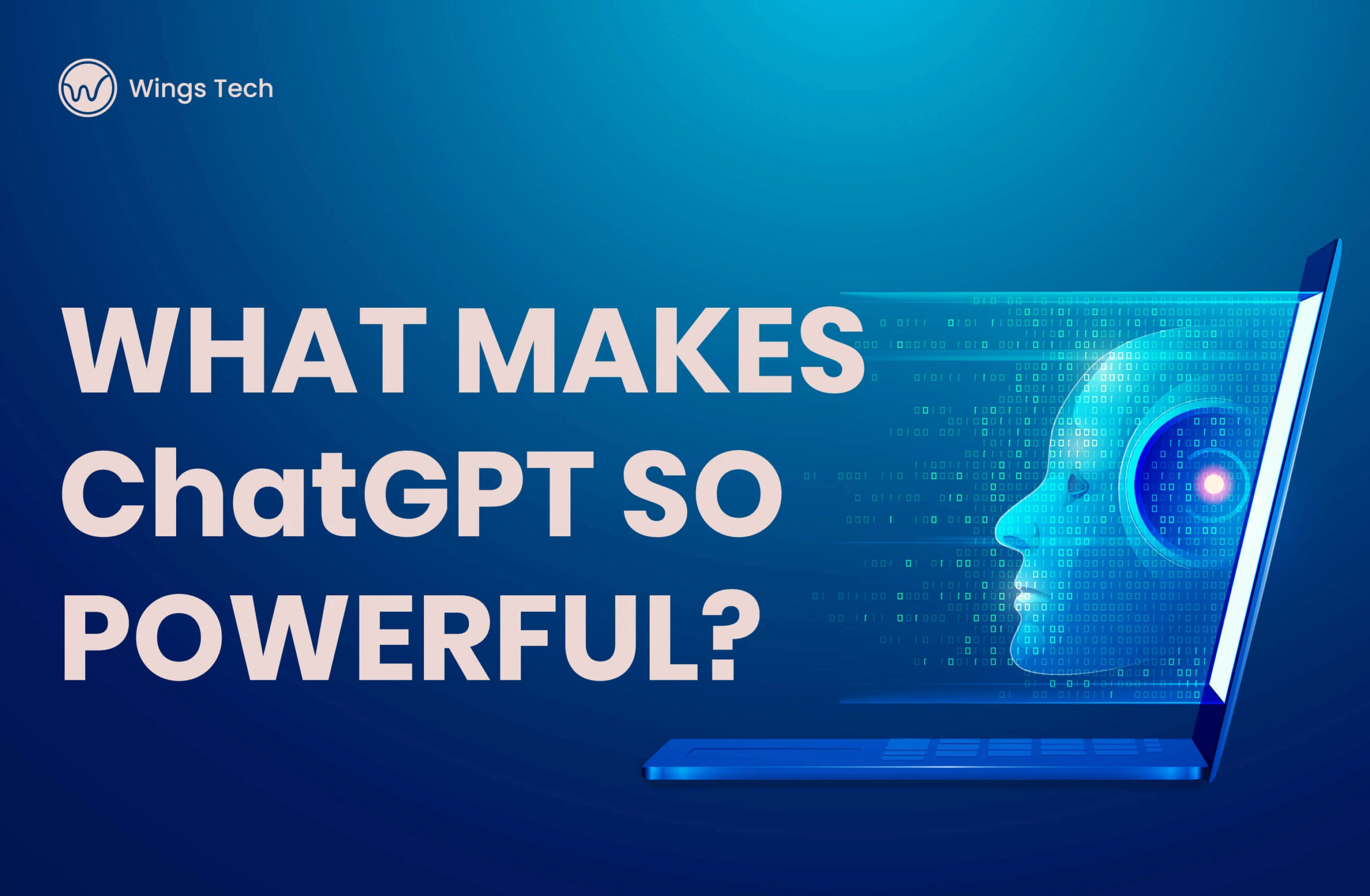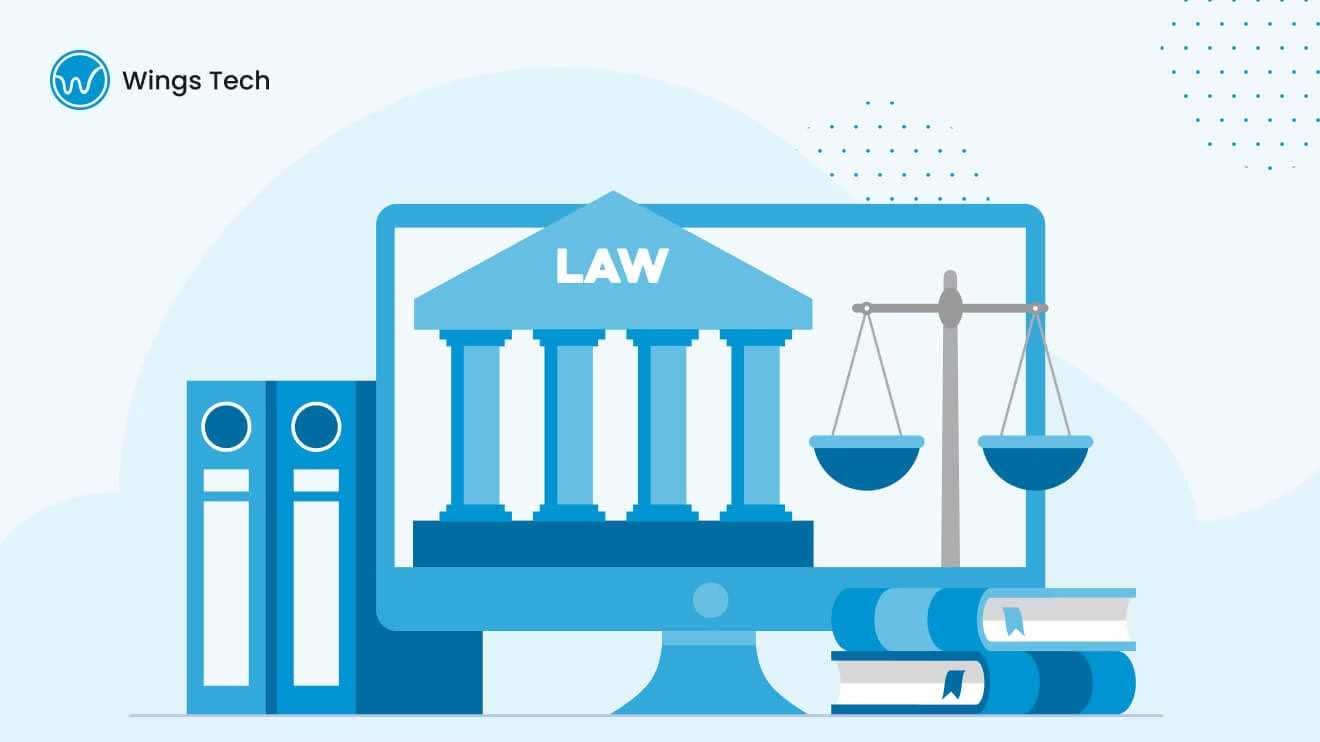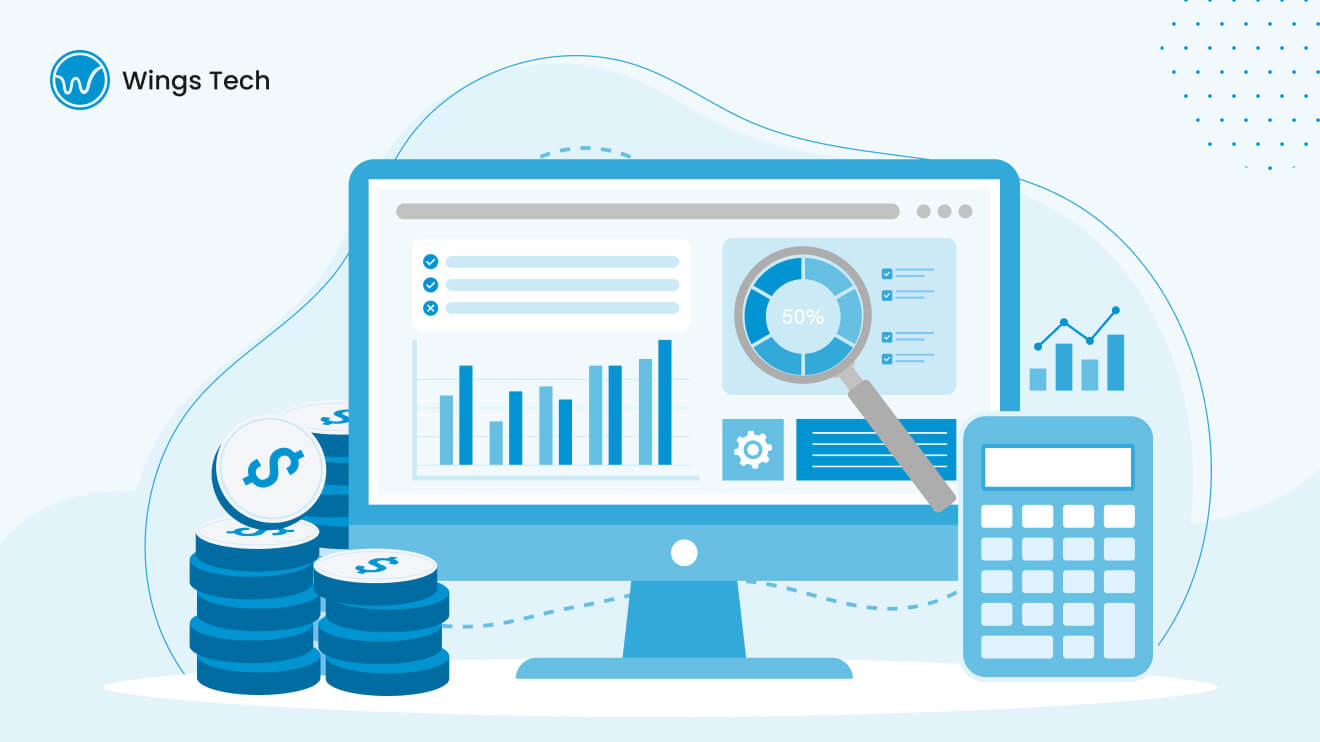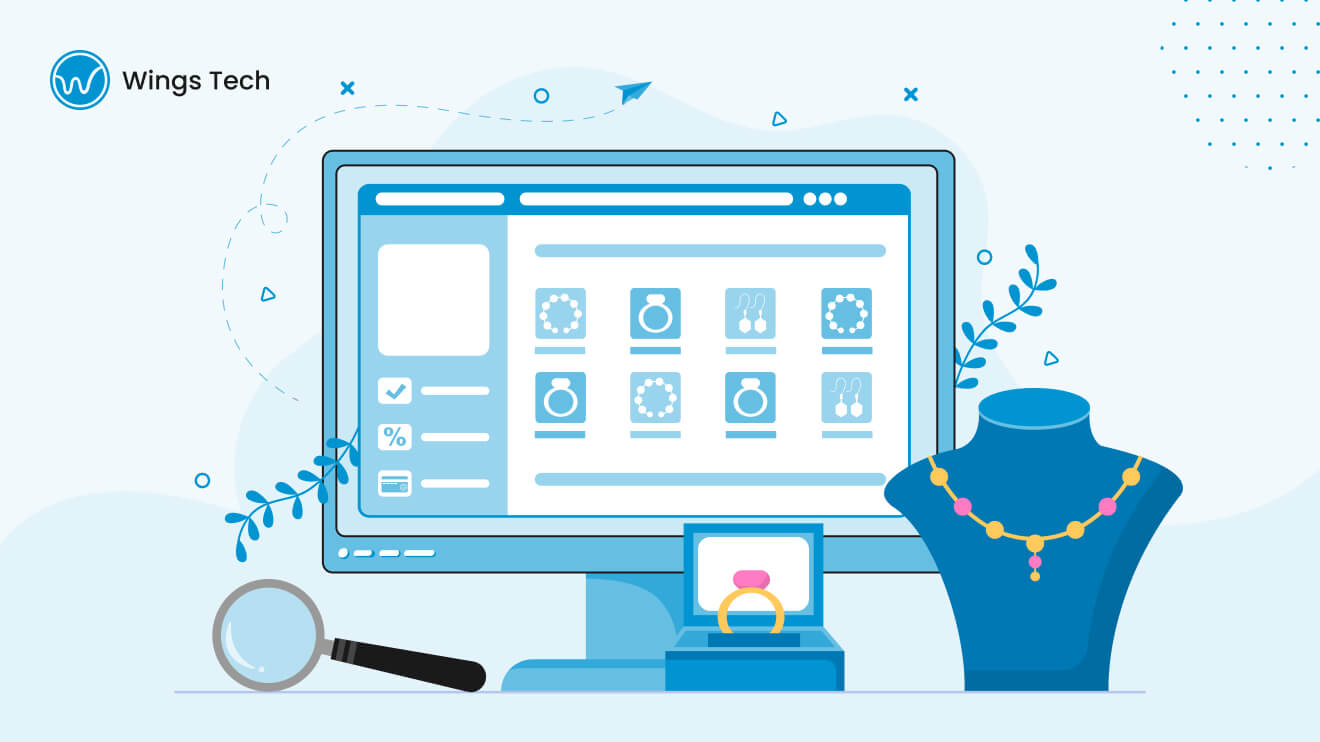Table of Contents
ChatGPT is revolutionizing the interaction between humans and machines, integrating both cognitive abilities and rapid response times in a manner that closely resembles human communication. By December 2024, ChatGPT reached an important benchmark, with more than 300 million weekly active users and the capability to handle over 1 billion messages each day.
ChatGPT gets most things right. whether one is brainstorming ideas, solving complex problems, or having fun. What is behind this immense productivity? How does it differ from the newer GPT-4? What makes ChatGPT so Powerful? This article dives into the new design of ChatGPT to explain the aspects that make it a strong contender in the artificial intelligence space.
Let’s break it down and figure out why it is more than just another chatbot.
What is ChatGPT?
An AI so intuitive that it doesn’t just answer questions—it becomes your strategic partner, your content creator, your coder, and even your educator. That’s ChatGPT, a cutting-edge conversational AI model from OpenAI. Built on the GPT-3.5 architecture, it is revolutionizing industries by delivering human-like text responses that streamline workflows, reduce costs, and unlock creativity.
ChatGPT scales pretty easily across sectors- from healthcare to finance to entertainment converting mundane processes into growth opportunities. Its API integrations have fueled SaaS innovations, while adaptability ensures it meets diverse demands from casual users to enterprise clients.
By investing in ChatGPT, you invest not only in the tool but in the future of conversational AI— a future where such businesses will not only save time but also redefine their competitive edge.
Enrolling in a machine learning engineer course can help you understand these breakthroughs and how to harness the power of ML models to solve complex problems in various fields.
How Does ChatGPT Work?
At its core, ChatGPT is based on the transformer-based neural network architecture of NLP. Here’s how it works:
- Pre-training: ChatGPT learns by being fed with huge datasets full of text culled from books, articles, and websites. This phase teaches the model the grammar, facts, and all linguistic nuances.
- Fine-tuning: Developers tune the model responses by training them on specific datasets that focus on appropriate, user-centric interactions.
- Reinforcement Learning with Human Feedback (RLHF): Introduces a unique element in which human trainers provide ratings of the outputs, thereby allowing for better alignment of the model with user intent.
You can think of ChatGPT as a sponge; during the pre-training phase, it absorbs a lot of information. The fine-tuning process refines its structure, and RLHF ensures that it is optimally compressed to deliver accurate responses consistently.
ChatGPT uses attention mechanisms inherent in the transformer architecture. In this way, it determines which words in any given sentence carry the most relevance, ensuring answers are contextually relevant and linguistically correct. For example, when asking the question “climate change,” it determines whether to respond scientifically, politically, or educationally.
How Powerful is ChatGPT?
ChatGPT isn’t just powerful, it’s a business multiplier. Imagine a teammate who never sleeps, learns from every interaction, and works cross-functionally without taking a coffee break. That’s ChatGPT.
ChatGPT can:
- Understand Context: Unlike in the previous models, ChatGPT could have a coherent conversation because it can retain the previous steps to give appropriate answers.
- Generate Diverse Outputs: It can be fine-tuned for a vast range of tasks, from essay writing to coding.
- Enhance Productivity: ChatGPT reduces inefficiency by automating simple tasks, like drafting an email or summarizing a report, it can focus on higher-level work.
It’s like an employee who never asks for a raise!
Why is ChatGPT So Smart?
ChatGPT’s intelligence is a result of intensive training and prompt engineering:
- Massive Data Training: It allows access to varied datasets, hence imitating human-like reasoning.
- Self-Attention Mechanisms: The self-attention mechanism makes the model pay attention to the important segments of input text, thus enhancing contextual understanding.
- Continuous improvement: its skills evolve as a result of upgrades and feedback cycles.
Think of ChatGPT as a library with millions of books (data). It doesn’t just store information but also learns to connect ideas, making it seem “smart.” Its ability to handle ambiguous questions, such as “Why do people love art?”, showcases a depth of understanding that mirrors human thought processes.
So, What is GPT-4?
GPT-4 is the next version of OpenAI’s language models, providing important improvements over the earlier versions. With better reasoning, accuracy, and fewer biases, GPT-4 is made to:
- Handle Complex Queries: It is very good at solving difficult problems and having detailed conversations.
- Include visual inputs: an option to input images with text for analysis.
- Better Customization: Developers can fine-tune responses for certain situations very precisely.
For instance, GPT-4 can do these tasks and is a massive help for businesses and individuals alike:
- Understand Complex Prompts: It can answer much more complex and subtle questions than earlier models.
- Generate Creative Content: It can write text like stories, poetry, and advertisements.
- Help with Coding: It can assist in writing code and debugging the code in multiple programming languages.
- Summarize Text: Condense long articles, papers, or books into a shorter summary.
- Answer Questions: Give long and accurate answers to any topic.
- Translate Languages: Translate text across multiple languages.
- Emulate Styles: Mimic a variety of writing styles and tones, such as formal, semi-formal, or highly conversational.
- Provide Explanations: Provide simpler explanations for complex concepts.
- Image and Text Analysis: (if enabled), analyze and describe images and extract meaning from images.
- Enhanced Reasoning: Use logical reasoning and critical thinking in completing assignments.
- Assist with Research: Locate relevant material and provide information to aid the research process.
ChatGPT Vs GPT-4
| Feature | ChatGPT (GPT-3.5) | GPT-4 |
|---|---|---|
| Accuracy | High | Very High |
| Multi-modal Input | Text only | Text + Images |
| Customization | Limited | Extensive |
| Bias Reduction | Moderate | Significant Improvement |
| Scalability | Widely Available | Premium Access |
While GPT-4 is undeniably superior, ChatGPT remains a strong and practical tool for casual users and much less demanding and data-intensive applications.
ChatGPT is a functional assistant, but GPT-4 works like a sophisticated analyst; each of them targets users with specific purposes.
ChatGPT Alternatives: A Deeper Look
Advanced alternatives to ChatGPT have been launched, each with its own unique features and use cases. Here’s a closer look at some of the most prominent options:
1. Google Bard
Google Bard is a conversational AI developed by Google, designed to work alongside Google’s powerful search abilities. Unlike traditional models, Bard can pull real-time data from the web, providing more up-to-date answers than AI limited to pre-existing knowledge.
That makes Bard very good at providing information that requires updating in real-time or even searching the web quickly—think of answering questions on trending topics or gathering facts. But it is reliant on Google’s search engine, which occasionally means it’ll provide search results over nuance or creativity in output.
2. Microsoft’s AI
The latest collection of Microsoft productivity applications, Word, Excel, and PowerPoint-includes powerful artificial intelligence models. The especially beneficial AI-based features for the business are for the professional community, as they enable seamless AI integration into their daily workflow. It’s also related to content generation, data analysis, and smart support for presenting. Microsoft AI dramatically increases the level of productivity without the need to switch from one platform to another.
It is a solid pick for organizations using Microsoft 365 because it gives users the option to smooth out operations with improved collaboration. Nevertheless, because the platform relies heavily on Office tools, it is tailor-made for professional environments, not casual or creative users.
3. Claude by Anthropic
Developed by Anthropic, Claude stands out for its focus on safety, ethical AI usage, and human-centric design. The model has been engineered to provide transparency, fairness, and low biases in its interactions. The creators of Claude have placed a strong emphasis on preventing harmful outputs, which makes it an excellent choice for industries where ethical considerations are necessary.
Developers and businesses in areas like healthcare, law, or education would definitely appreciate Claude for its dedication to providing dependable, believable AI answers. Alignment with human values makes it an attractive choice for those worried about the long-term societal effects of AI.
4. Replika AI
Replika AI is designed with a different focus in mind: that of emotional companionship and intelligent conversations for empathy. Where ChatGPT excels at answering queries and getting tasks done, Replika spends more time with relationship-building and supporting the emotional experiences of its users. The platform is good for anyone looking for a digital companion or somebody to talk to while going through a tough phase.
Replika’s AI system is built to adapt to individual personalities and needs, making the user feel heard and understood. This makes it a strong choice for personal well-being but less suited for professional or technical applications.
5. Deepseek
Built by the Chinese company DeepSeek, the platform has generated a lot of interest both within and outside of China. Its architecture incorporates cutting-edge methods like Mixture-of-Experts (MoE) and Multi-head Latent Attention (MLA), supporting the effective processing of intricate tasks. The MoE architecture enables DeepSeek to use a subset of its parameters per input, reducing computational resources while improving performance.
The MLA mechanism encodes the Key-Value (KV) cache into a latent vector, supporting effective inference and memory minimization. All these innovations have made DeepSeek a strong rival in the AI market, putting traditional players under pressure with its efficiency and ability.
Deepseek vs ChatGPT: What’s the Hype About?
While we’re on the topic of ChatGPT, how can we forget Deepseek? Even though OpenAI has mentioned that DeepSeek seemingly has used their models, the world today is not stopping from experimenting with DeepSeek. Let’s see some differential points about both of these sharp AI models, and what makes them better in their territory.
Deepseek vs ChatGPT
| Feature | DeepSeek | ChatGPT |
|---|---|---|
| Development Cost | Approximately $6 million | Over $100 million |
| Open Source | Yes | No |
| Strengths | Best for coding, technical reasoning, and mathematical tasks. | Superior in creative writing and conversational abilities. |
| Subscription Cost | Free for users; $0.55/million input tokens, $2.19/million output tokens for developers. | Begins at $20/month for premium features. |
| User Interaction | Text-based only. | Supports multimodal interactions (text, voice, images) |
| Performance in Coding | 97% success rate in logic puzzles; more proficient at writing Python and Java code. | Good debugging features; excels in typical programming work. |
| Web Access | Web search is integrated for real-time information. | Integrated web search; better at handling diverse queries. |
| Multi-Turn Memory | Limited memory capacities. | Improved memory in certain implementations, with retention of context. |
| Hardware Requirements | Minimal (older Nvidia GPUs) | High-end GPUs are needed for the best performance |
| Market Impact | Disrupting AI pricing models globally | Dominant player with a large market share |
| Accessibility | No limit on queries; perfect for occasional users and developers looking for inexpensive solutions. | Free tier available but with usage limits; premium features require a subscription. |
| Model Architecture | Uses a Mixture-of-Experts (MoE) architecture that allows specialized modules to perform specific tasks effectively. | Uses a transformer-based model, optimized for general language understanding and generation. |
| Training Efficiency | Delivers high performance with less computational power, hence cost-saving. | Needs a lot of computer power for training, resulting in increased operating expenses. |
| Open-Source Availability | Provides a quasi-open-source platform, enabling developers to customize and adjust the system to suit their requirements. | Functions as a closed-source model, limiting outside modifications and adaptations. |
| Performance in Technical Tasks | Very versatile in specialized fields because of its modular nature, enabling specific expertise. | Designed for general use, which can constrain its utility in specialized fields. |
| Integration Capabilities | Provides extensible API integration methods for simple incorporation within other applications. | Includes basic API integration that will need extra customizing depending on the use case. |
| Language Support | Supports multiple languages with advanced contextual understanding, enhancing its global applicability. | Provides multilingual support but perhaps does not have the same depth of contextual understanding in some languages |
All in all, the question stands – is DeepSeek better than ChatGPT? Well, they’re both powerful AI models, each with its own emphasized strengths and weaknesses. Deepseek is becoming renowned because of its cost efficiency as well as task specialization. On the other end, ChatGPT’s versatility and advanced features are something to deeply appreciate. So, your choice depends on your individual needs and priorities at best!
Wrapping Up,
According to the remarks of technological innovator Sundar Pichai, “AI is one of the most profound things we are working on as humanity. It is more profound than electricity or fire.”
ChatGPT serves as an illustration of this transformative capability, ushering in a novel approach in which AI not only provides assistance but also enhances our existence in the manners previously anticipated. As GPT-4 continues to refine its capabilities, ChatGPT becomes more versatile and insightful, offering users a more powerful and nuanced experience.
It’s like “having a conversation with an expert in any field, available 24/7″—a quality that makes it indispensable in both personal and professional contexts.
The final choice between ChatGPT and GPT-4, however, lies in an individual’s necessity. ChatGPT offers the right balance between power and ease, while GPT-4 delivers the best for someone who has intensive needs.
To explore more such interesting topics, visit our Blog









